
- Home
- Various Pocket Knives
- Knife Blades Materials
Knife Blades Materials
Get In Touch
Feel free to send us your inquiry. We’re very happy to help you.
HT POCKET KNIFE FACTORY
No. 489, Qiaoping 1st Road, Yangxi County, Yangjiang City, Guangdong Province, China
Sales Director
The Ultimate Guide to Pocket Knife Blade Materials: Choosing the Best Steel for Your Needs
When it comes to pocket knives, the blade material is arguably the most critical component. The type of steel used in a knife blade can significantly impact its performance, durability, and overall value. In this comprehensive guide, we’ll explore various pocket knife blade materials, their unique properties, and help you make an informed decision for your next purchase.
What Makes a Great Pocket Knife Blade Steel?
Before diving into specific steel types, let’s consider the key factors that contribute to a quality knife blade:
- Edge retention: How long the blade stays sharp with regular use.
- Corrosion resistance: The blade’s ability to resist rust and staining.
- Toughness: The steel’s ability to withstand impact without chipping or breaking.
- Ease of sharpening: How easily the blade can be resharpened when dull.
- Hardness: The steel’s resistance to deformation and wear.
Now, let’s explore some popular pocket knife blade materials and their unique characteristics.
Stainless Steel: The Corrosion-Resistant Workhorse
Stainless steel blades are a popular choice for pocket knives due to their excellent corrosion resistance and ease of maintenance.Benefits of Stainless Steel:
- High resistance to rust and staining
- Generally easier to sharpen than high-carbon steels
- Good balance of toughness and edge retention
- Available in various grades (e.g., 420HC, 440C, AUS-8)
Stainless steel is an excellent choice for everyday carry (EDC) knives, especially in humid environments or for users who may not clean their knives regularly.
High Carbon Steel: The Sharp Edge Champion
For those prioritizing edge retention and sharpness, high carbon steel blades offer exceptional performance.Advantages of High Carbon Steel:
- Superior edge retention compared to most stainless steels
- Ability to take a very sharp edge
- Often used in high-end kitchen knives and premium pocket knives
- Examples include D2, 1095, and O1
While carbon steel requires more maintenance to prevent rust, many knife enthusiasts appreciate its performance and the patina it develops over time.
Damascus Steel: Beauty Meets Performance
Damascus steel blades offer a unique combination of aesthetics and functionality.Why Choose Damascus Steel:
- Distinctive layered pattern that’s visually striking
- Can combine the properties of multiple steel types
- Often used in high-end and custom knives
- Historically significant and appreciated by collectors
Damascus steel knives are often considered works of art, making them popular among collectors and those who appreciate both form and function in their tools.
Powder Metallurgy Steels: Cutting-Edge Technology
For those seeking the pinnacle of knife steel performance, powder metallurgy (PM) steels offer exceptional characteristics.Benefits of PM Steels:
- Extremely fine and uniform grain structure
- Excellent balance of hardness, toughness, and corrosion resistance
- Superior edge retention compared to traditional steels
- Examples include S30V, S35VN, and M390
PM steels are often found in high-end pocket knives and are favored by those who demand the best performance from their blades.
Choosing the Right Blade Steel for Your Needs
When selecting a pocket knife blade material, consider the following factors:
- Intended use: Will you be using the knife for everyday tasks, outdoor activities, or as a collector’s item?
- Maintenance preferences: Are you willing to perform regular maintenance, or do you prefer a low-maintenance blade?
- Budget: Higher-end steels often come with a higher price tag.
- Personal preferences: Consider the balance of edge retention, corrosion resistance, and ease of sharpening that suits your needs.
Here’s a comparison table of some popular knife steels:
| Steel Type | Edge Retention | Corrosion Resistance | Toughness | Ease of Sharpening | Typical Use |
|---|---|---|---|---|---|
| 440C | Good | Very Good | Good | Moderate | EDC, Budget |
| D2 | Excellent | Moderate | Good | Difficult | EDC, Outdoor |
| S30V | Excellent | Very Good | Good | Difficult | High-end EDC |
| VG-10 | Very Good | Excellent | Good | Moderate | EDC, Kitchen |
| 1095 | Very Good | Poor | Excellent | Easy | Outdoor, Fixed Blades |
Remember, there’s no one-size-fits-all solution when it comes to knife blade materials. The best choice depends on your specific needs and preferences.
“The steel is the soul of the knife. Choose wisely, and it will serve you well for years to come.” – Unknown Knife Maker
Whether you’re a seasoned knife collector or buying your first pocket knife, understanding blade materials can help you make an informed decision. From the corrosion resistance of stainless steel to the edge retention of high carbon steel, there’s a blade material to suit every need and preference.By considering factors such as edge retention, corrosion resistance, and ease of sharpening, you can choose a pocket knife with a blade steel that will serve you well for years to come. Happy knife hunting!
Explore the world of folding knives: Discover the latest trends, reviews, and insights on our blog.
Stay informed with the latest updates and choose your folding knives wisely.
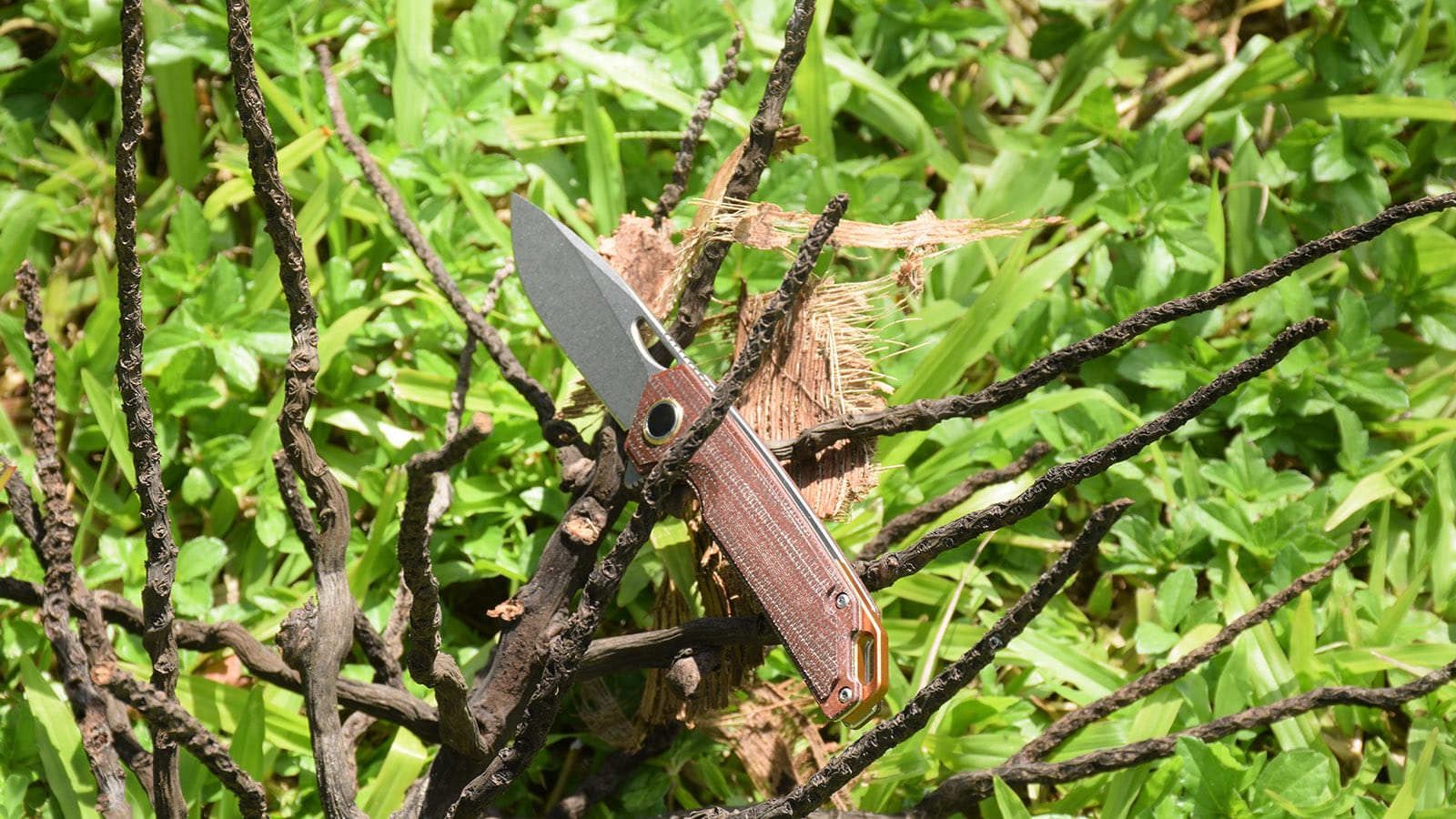
Master the Art of Sharpening Your Pocket Knife Without a Sharpener
Are you tired of struggling with a dull pocket knife?
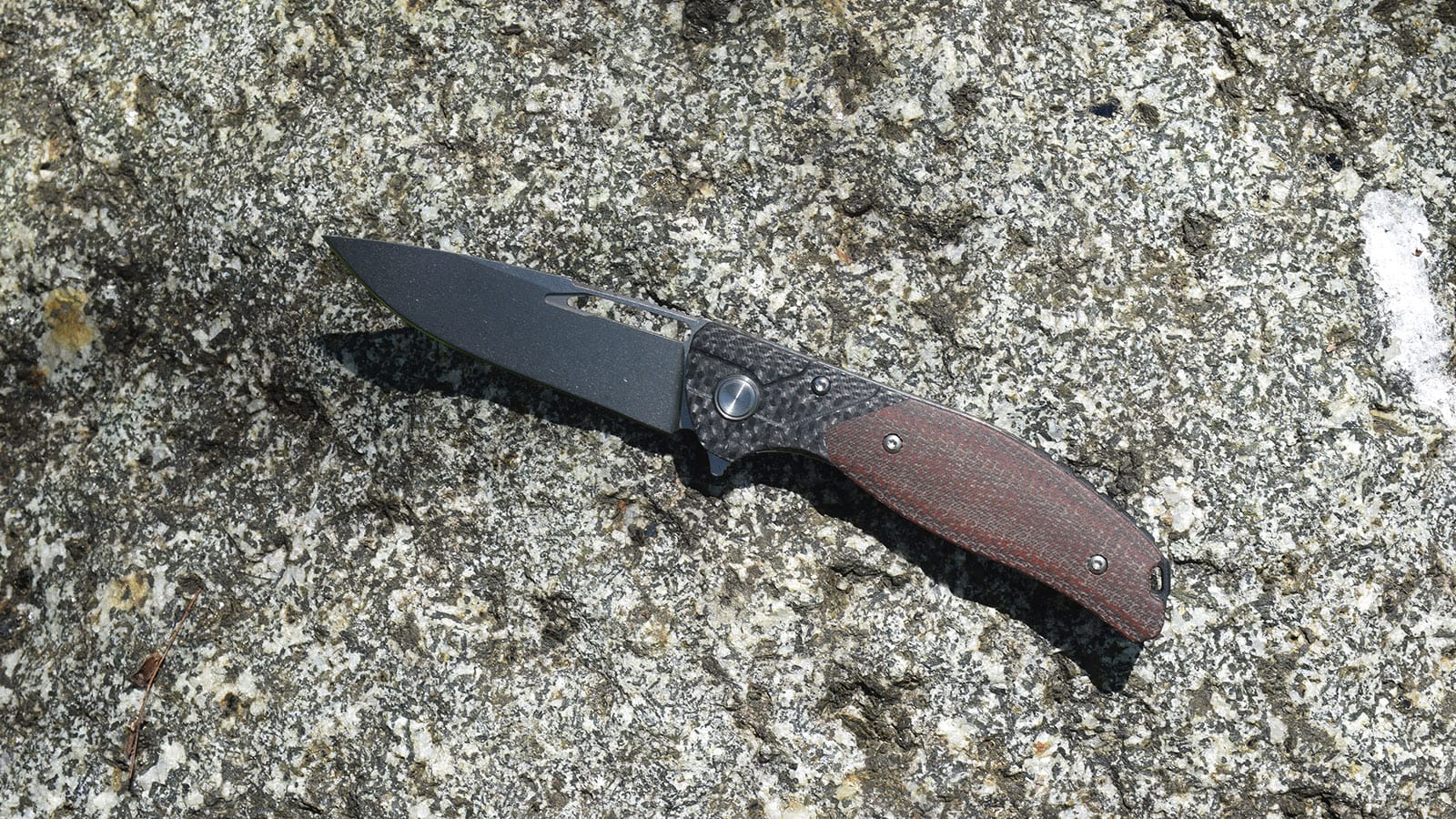
Can You Flick Open an Axis Lock Knife? A Complete Guide to Safe Operation
Understanding how to properly operate an axis lock knife is

Unlocking the Versatility: A Comprehensive Guide to Utility Knives
Are you looking for the perfect all-purpose knife that can

Can You Bring a Hunting Knife to School? Essential Laws and Safety Guidelines
Understanding the laws and regulations regarding knives on school grounds
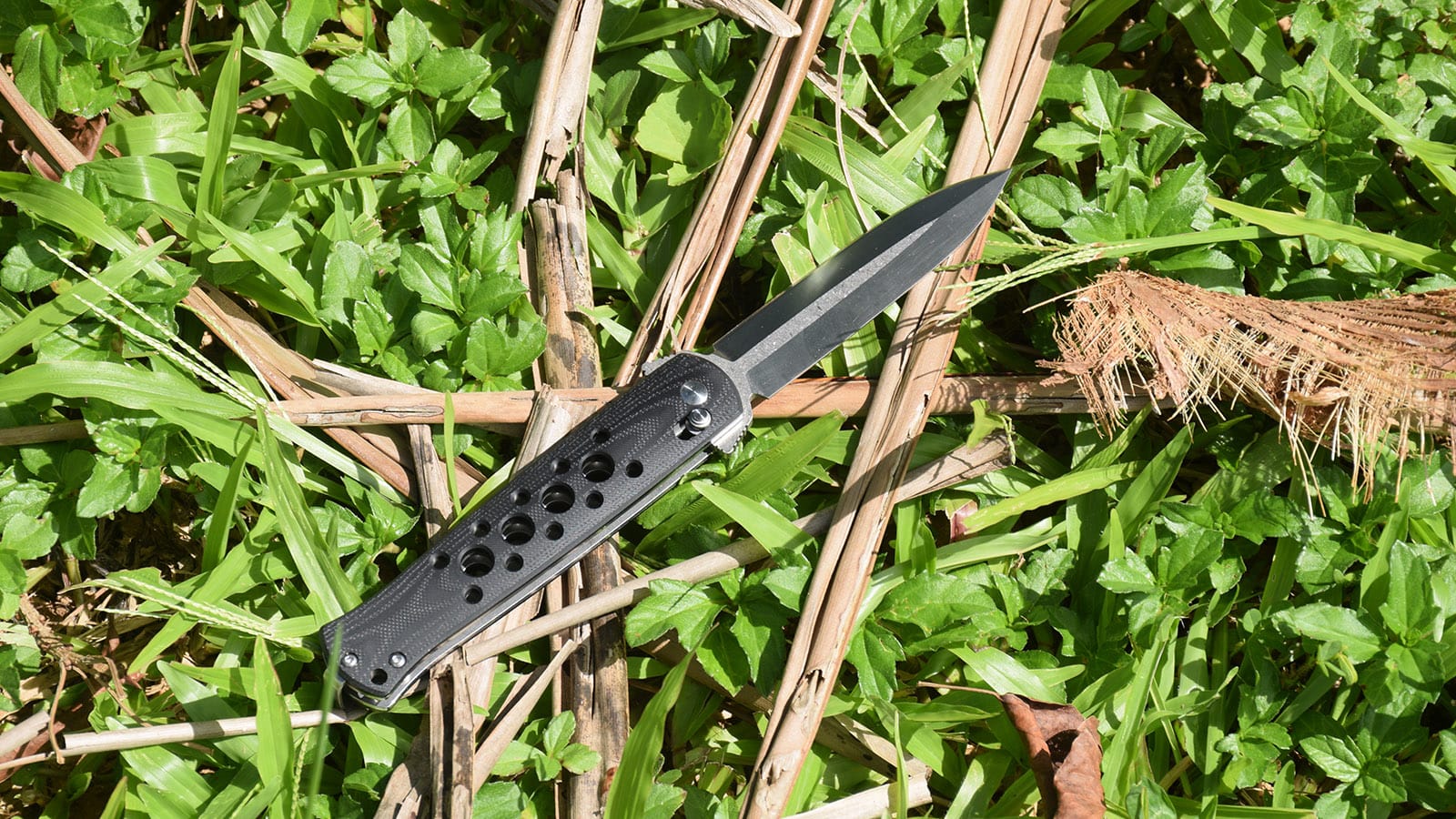
Top Chinese Cleaver Brands: Quality Kitchen Tools Guide 2024
Discover the world of Chinese cleavers and how these versatile kitchen tools have evolved from traditional designs to modern culinary essentials. This comprehensive guide explores the best Chinese cleaver manufacturers, their unique features, and why they’re becoming increasingly popular among professional chefs and home cooks alike.
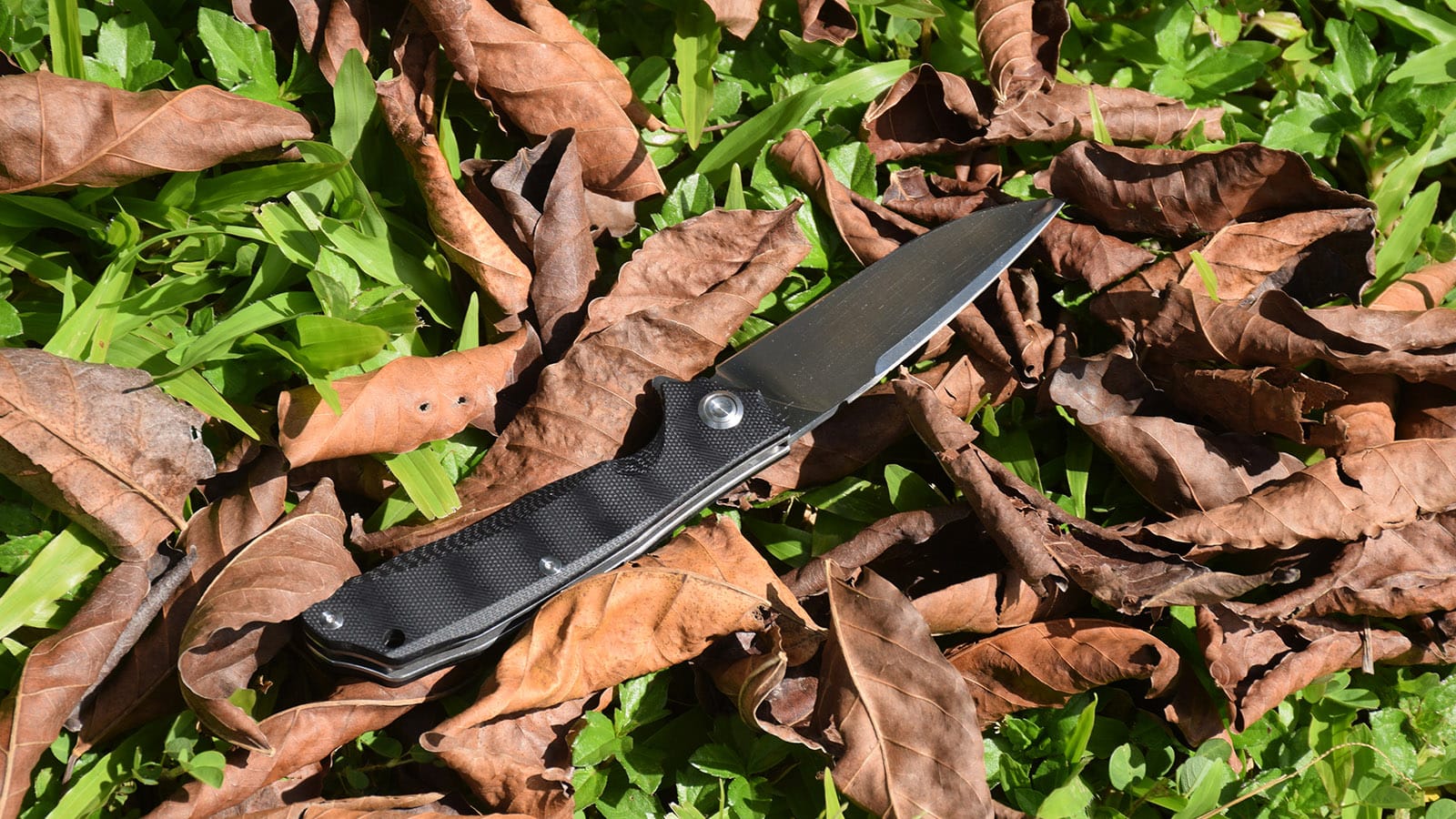
How to Close a Tac Force Knife Safely: The Complete Guide
Understanding how to properly close your Tac Force knife is
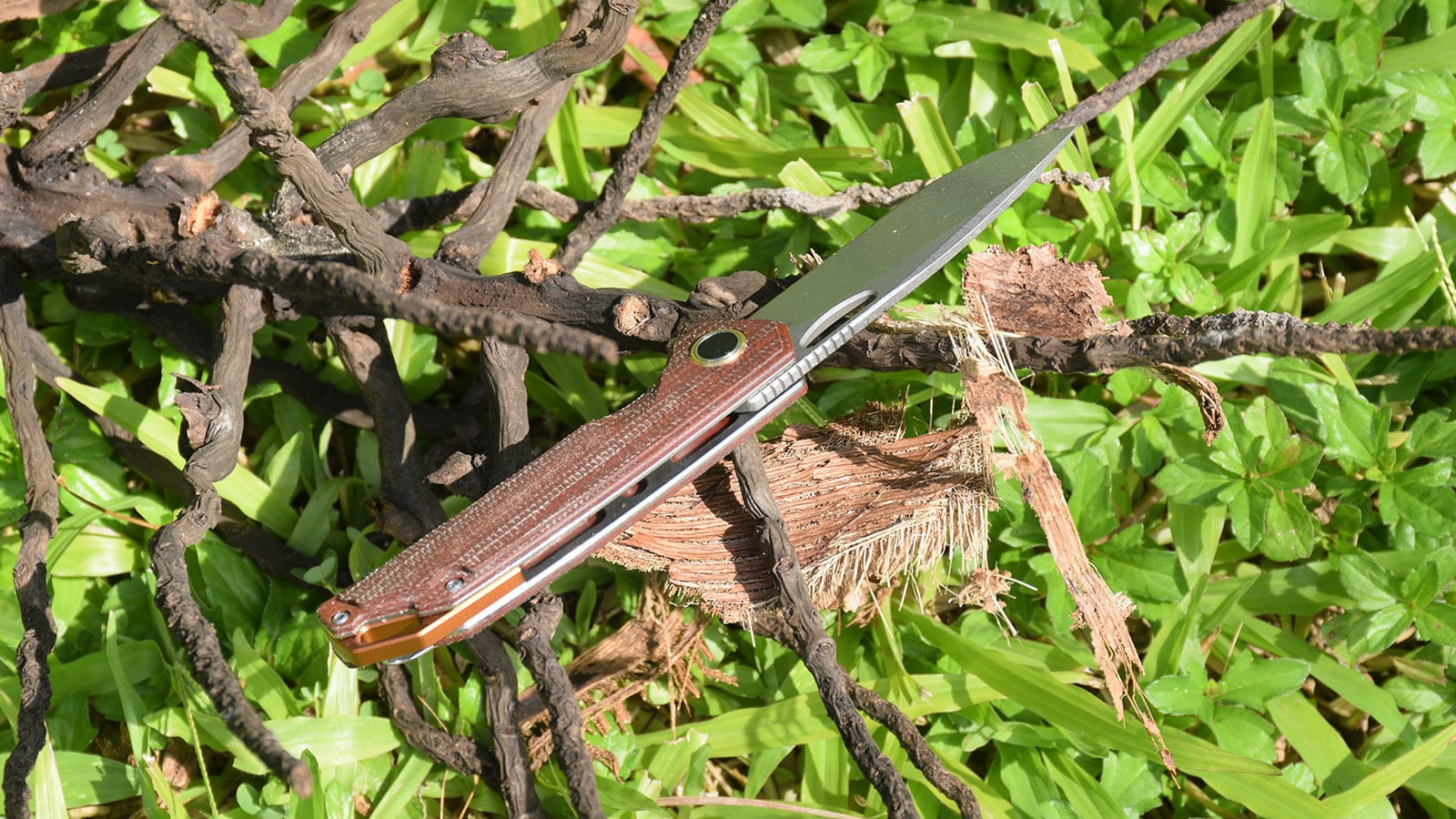
Can You Legally Carry a Pocket Knife in Nevada Casinos? Essential Guide for 2024
Are you wondering about the legality of carrying a pocket











